9 emerging consumer trends (2020-2021)
Saying the past year has been eventful is an understatement. With so much going on in the world right now, consumer behaviour was bound to change.
Here are 9 emerging trends in consumer behaviour for 2020-2021
1. Livestreaming + Shopping = Shopstreaming
Viya is China’s star saleswoman with a $60 billion ecosystem of live online shopping.
She is 34 years old and in May 2020, she hit a record-high audience of more than 37 million, more than the “Game of Thrones” finale or the Oscars.
Viya sells everything: from cosmetics to furniture to doorbells, but she also sold cars, houses and a rocket launch.
Her livestream show is a combination of several current tech trends—streaming, influencers, social, commerce and it’s a success many only dream about: each night her audience places orders worth millions of dollars.
Viya is not the first livestream sensation. In 2017, pearl businessman Xinda Zhan nicknamed Pearl Bro made $4.4 million in half a year from live-streaming the process of harvesting the pearls.
2. Growing our own vegetables
According to the latest statistics, 76% of the world’s population now live in urban areas.
People’s need for a closer supply of nutritious food has increased in recent years, and the pandemic enhanced it even further.
Urban farming or vertical farming is on the rise globally, and innovative technologies provide people turned urban farmers with tools to help them grow more produce at less space.
Urban farming is sustainable and clean: urban farmers grow their own vegetables in indoor spaces free of pesticides or herbicides. A 2019 study reports that global urban farming is expected to reach $288.71 billion by 2026.

Agricool founders: Guillaume and Gonzague / image source: agriculture.gov.fr
Agricool is a French startup growing vegetables and strawberries in shipping containers before selling the produce in stores within 15km of where the food was grown. The company has raised around $39m to date.
3. Seeing the doctor is now going digital
Today the world is still fighting the coronavirus pandemic with serious consequences for every one of us. At the time of writing, twenty-five million people have been infected and you can count the number of COVID-19-free countries on one hand.
Digitalization, albeit forced has been one of the positive changes (if not the only one) the pandemic has brought to the business environment.
Healthcare is one of the industries that require an in-person presence at a specific location: a doctor’s office.
With every country asking its citizens to go into quarantine and avoid public spaces as a measure to fight the pandemic, healthcare providers have adopted the digital solution: doctors consult, monitor and treat their patients online whenever the situation allows.
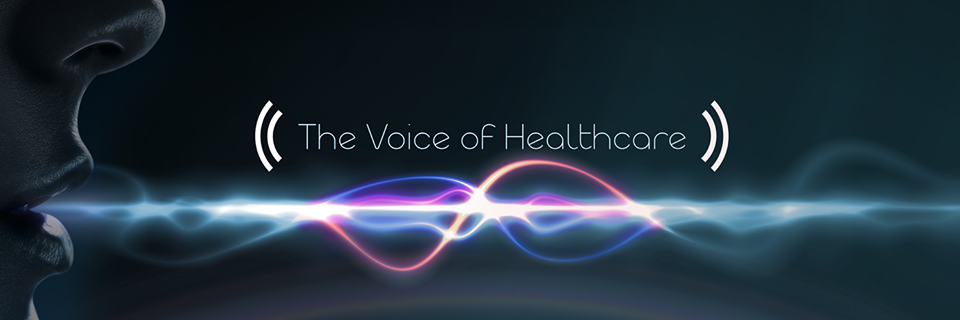
Vocalis Health is a tech startup which uses voice to monitor health. The company’s AI-driven software assists healthcare workers with screening and monitoring patients with a variety of voice-affecting diseases, including chronic respiratory or cardiac conditions or depression.
Tele-ICU is a centralized remote patient monitoring centre enabling off-site clinicians to interact with bedside staff to consult on patient care.
How does it work? Using A/V conferencing and a real-time data-stream of patient information from multiple interfaces, a physician working from a care centre in New York City can rapidly care for a patient in Seattle, day or night.
Other healthcare providers have set up virtual clinics where patients communicate with doctors via live video and audio. The patient saves on transportation time and costs.
According to GlobalWebindex, 70% of internet users in the U.S. and the UK believe technology will play a key role in managing their health and wellbeing in the near future. 50% of said the ability to find doctors and make appointments online, to access all of their health information online and consult with a doctor by a phone/video call could help them manage their health more effectively.
Also, the report found there’s strong demand for digital health technologies such as a symptom checkers, wearable devices to monitor health, health tracking apps, digital health assistants or digital health coaches.
4. Design a home that is good for you
Homo sapiens built out of necessity – to protect his family from nature’s elements and hungry predators. The early ancient civilizations – the Egyptians, the Chinese, the Mesopotamians built structures as a testament to their culture and civilization. Modern civilizations benefited from advanced technology. But this was not always good for our health.
In the 20th century, sick building syndrome was identified, a medical condition where people in a building suffer from symptoms of illness or feel unwell for no apparent reason. This syndrome is linked to various causes: inadequate ventilation, deteriorating fibreglass duct liners, chemical contaminants from indoor or outdoor sources, biological contaminants, traffic noise, poor lighting, moulds.
In the 1990s, new standards of construction were developed designed to protect the environment such as the BREEAM and LEED standards.
In recent years, a new standard has been implemented – the WELL Building Standard.

image: greenengineer.com
The WELL Building Standard is defined as “the premier standard for buildings, interior spaces and communities seeking to implement, validate and measure features that support and advance human health and wellness.”
The standard covers seven core design aspects: Air, Water, Light, Nourishment, Fitness, Comfort, and Mind.
5. The premiumization of human contact
Technology pervades almost every aspect of our daily lives. The smartphone that we all have in our pockets serves many of our needs from communication, placing orders for food, clothes, transportation to booking appointments with our doctor or coach and taking exams or being entertained.
In the past few years, voice assistants have become very popular whether integrated into our smartphones or standalone such as Amazon’s Alexa. They have influenced consumer behaviour (voice shopping) which has given rise to a new type of commerce – voice commerce.
62% of those who regularly use a voice-activated speaker say they are likely to buy something through their voice-activated speaker in the next month and 44% say they order products (groceries, household items, etc.), at least once a week (discover more about how voice is changing customer behaviour).
Yes, technology is convenient and helps us do things faster, but technology is not a proxy for the human connection.
And having human interaction is something we long for and ultimately need to maintain balanced mental health.
In 2019, 62% of global internet users said they are constantly connected online. What does that mean in hours a day? Almost 7 hours online every day compared with 5 hours and 36 minutes in 2012. And that’s not good for our health, sleep, and relationships as we have become increasingly prone to anxiety and depression.
Everyone has access to technology: low-income and high-income alike.
Unplugging from technology is another thing and as the GlobalWebIndex report shows, the affluent have the freedom and power to unplug. Going technology-free is expensive and only the rich can afford it.

High-income levels are also associated with a preference for human-driven customer service.
52% of high-income earners said they typically interact with a business face-to-face compared with 42% of low and 41% of middle-income earners.
When asked what their preferred method of interaction is, high-income earners were nearly twice as likely as middle and low-income earners to say that it’s face-to-face interaction with a human.
Brands offer human-driven customer service as a premium service: talking to a chatbot costs less than talking to a human representative.
6. Digital OOH for consumers in motion goes underground
With high-income earners unplugging from digital screens and 48% of internet users employing an ad blocker, how are brands going to reach their consumers?
Out-of-home advertising or OOH may be one of the available solutions for marketers.
According to GlobalWebIndex stats, OOH focused on consumers in motion is poised to hit the next level of mass reach, visual impact and location targeting in 2020.
Thanks to developments in OOH technology, brands can serve consumers dynamic creatives based on environmental factors such as weather, location and time of day.
This makes advertisements highly-relevant and when combined with a little bit of entertainment, it could influence consumer’s behaviour.
In the UK, video OOH now reaches more than 32.5 million people each month—that’s nearly half the population of the UK, and a broadcast reach that historically only TV has been able to offer.
56% of those in the U.S. and UK who travel by an underground or subway system said they could recall a billboard ad from the last week – markedly higher than the number of train (44%) and bus travellers (47%) who said the same.
35% of travellers by underground said they searched for something and later made a purchase after seeing a billboard ad in the last week.
Do you plan to use DOOH?
Go underground for maximum results!
7. Car, order three chicken wings, a pound of cheese and one milk bottle! – The commuting consumer
As you’ve read in this article, voice assistants live in our homes and are an integral part of smartphones.
But what about our cars?
The average American spends 10 hours and 50 minutes in their cars per week. While driving, there isn’t much you can do except listening to music or immerse yourself in thoughts. If you would like to order something for dinner, you could do so by using your car’s embedded voice assistant.
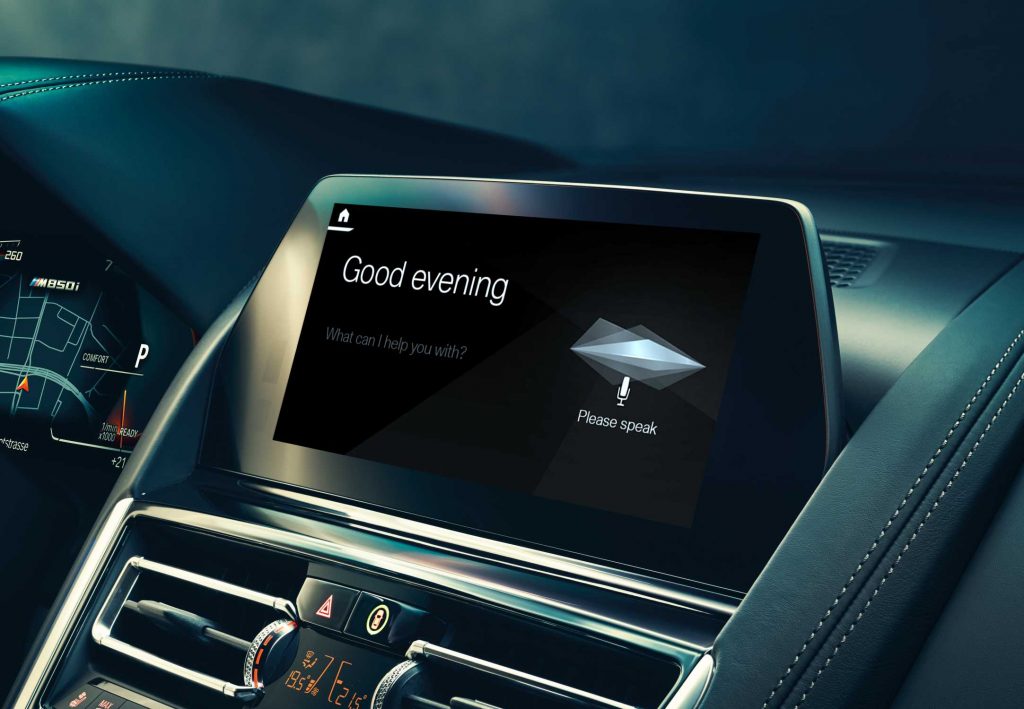
BMW Intelligent Personal Assistant/source: press.bmwgroup.com
Connected cars embedded with voice assistants are growing in number.
BMW has already integrated Amazon’s Alexa into their cars and Visa provides its partners with Visa Token Service, an in-car digital wallet which makes payments simple and secure.
8. ‘Cancel culture’ or ‘call-out culture’
According to the latest report of market intelligence agency Mintel, brands should expect to see a rise in consumer backlash over the next 10 years as consumers continue to find their voice in the digital era.
It’s a trend in consumer behaviour that has become increasingly visible following the latest changes in society calling for diversity in the business world. The Mintel researchers call it the ‘cancel culture’ or ‘call-out-culture’.
Consumers want companies and brands to stand for something.
Think Nike’s Dream Crazy, Iceland’s banned TV Christmas Advert Say Hello to Rang-tan, Gillette’s The Best Men Can Be or Barbie’s Close The Dream Gap (read about them).
While some are controversial, every one of these ads raised awareness on a specific subject that brands haven’t tackled yet.
When brands fail to do the right thing by their employees, they are met with protests and call-outs.
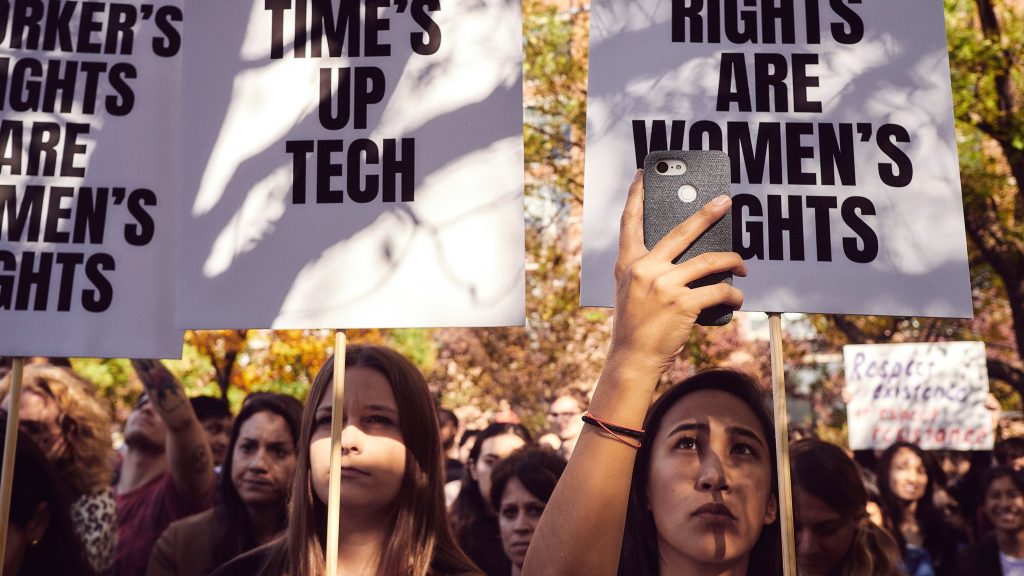
2018 Google walkout/image source: nytimes.com
In 2018, 20,000 Google employees walked off the job in protest of the company’s handling of sexual harassment allegations, turning tech workers into activists.
For some brands, change is now coming from employees putting pressure on the management, not the other way around. Brands are urged into updating their rules and regulations to provide every employee with equality and transparency.
With Black Lives Movement extending worldwide, consumers are expecting workplaces to become more diverse and inclusive. Some brands have been called out for joining the movement just to tick another box or for being disingenuous.
9. Consumers as owners of their data
In exchange for convenience and personalized experience, brands told consumers to give their personal data and relinquish any control over it.
We now know how brands used their consumers’ data and the damage they have caused.
According to the latest PwC report, consumers are demanding both a better, data-enabled experience and more flexibility and control over how their information is used.

New regulations around data privacy and security support consumers acting like owners of their data and slowly recognising that it has commercial value.
Californian businesses are required to provide “a good-faith method for calculating the value of the consumer’s data.”
Respondents said they were willing to share their personal information under certain conditions which included the following:
– receiving financial compensation for it,
– enjoying a more personalised experience,
– being able to share data with only those they trust or not sharing it with third parties under any conditions.
Conclusion
There you are – 9 emerging trends in consumer behaviour.
How is your brand going to capitalize on them?
Are any of them relevant to your industry?
Join the Conversation
We’d love to hear what you have to say.
Get in touch with us on our LinkedIn Group, Facebook Group or Twitter.
These 13 brands use Alexa Skills to engage creatively with their consumers
Is your brand positioned toward consumers? You should consider having an Alexa skill to engage creatively with your consumers.
Why?
Because voice has changed consumer behaviour and brands need to start leveraging its power.
According to eMarketer, voice-control technology has officially moved out of the early-adopter phase and into the mainstream.
The market of voice-assistants (Alexa, Google Duplex, ….) is expanding quickly and the reason is very simple: talking to voice-assistants feels natural to people and it’s more convenient.
Voice-assistants users can multitask and get more done with less friction. Shoppers and parents are power users.
Habitual shoppers love the convenience of the shopping experience and getting things done while taking care of a child is every parent’s dream.
Discover more insights on voice including the 2019 Microsoft Voice Report in How voice is changing customer behaviour and the way you do marketing.
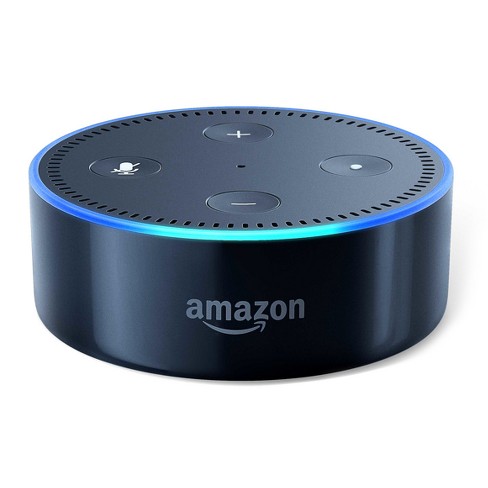
Let’s see how 13 brands take advantage of Alexa Skills to engage with their consumers:
1. Starbucks Reorder
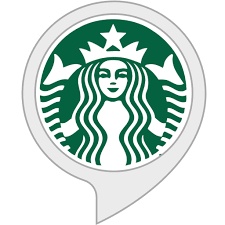
Use Starbucks’ Alexa Skill to reorder your usual cup of coffee from one of the last 10 stores you’ve ordered from.
You can also check your primary Starbucks Card balance and switch between your last 5 previous orders.
2. Domino’s
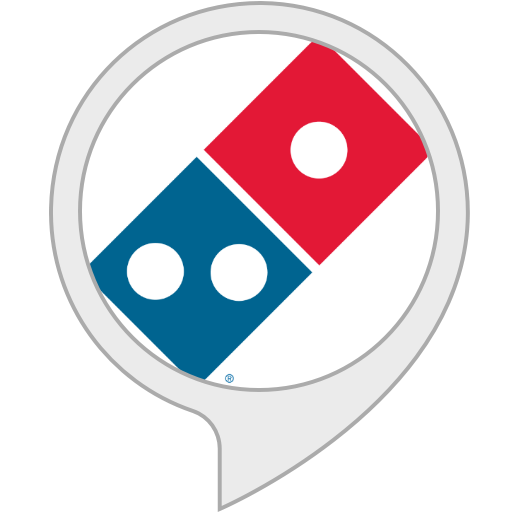
With Domino’s skill, you can build a new order from scratch, place your most recent order or check your order’s status.
3. Uber
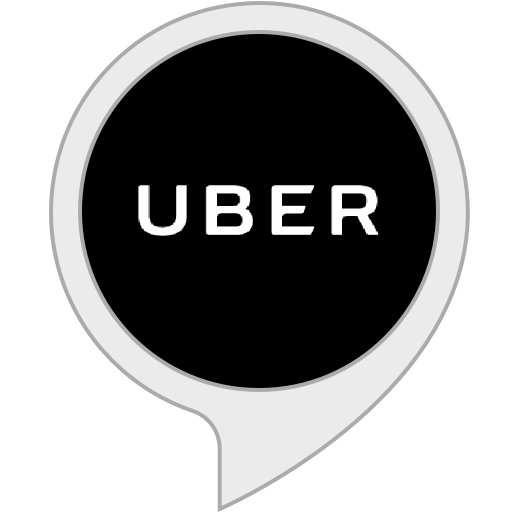
Get a reliable ride in minutes with the Uber skill.
4. Citi Entertainment

Citi Entertainment is developed by Citibank, the financial services company. Use this skill to search for thousands of live music events all over the country.
5. TED Talks
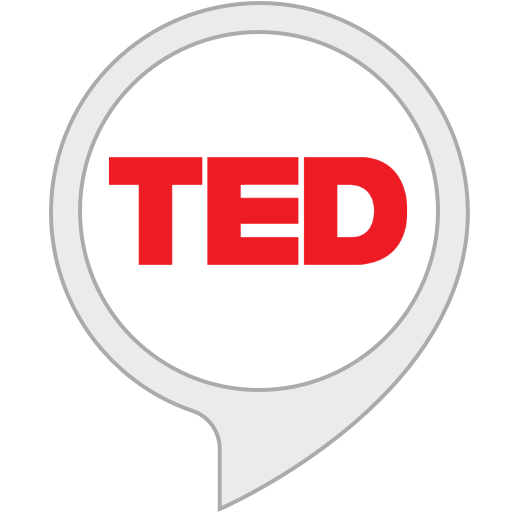
TED Talks are influential videos from expert speakers on education, business, science, technology.
With its Alexa Skill, the nonprofit organization allows users to play the latest TED talk, play random TED talks, or search for talks by topic or by speaker name. They can also play talks that are funny, inspiring, persuasive, courageous, or jaw-dropping.
6. OurGroceries

OurGroceries is a mobile app which provides users with a way to keep grocery lists instantly synchronized on all the smartphones in their household.
This skill lets users add items to the shopping lists on their app.
7. Walmart Stories

In this skill, Walmart invites consumers to discover how the organization is using innovative technologies to redefine the associate and customer experience.
8. Levi’s Assistant
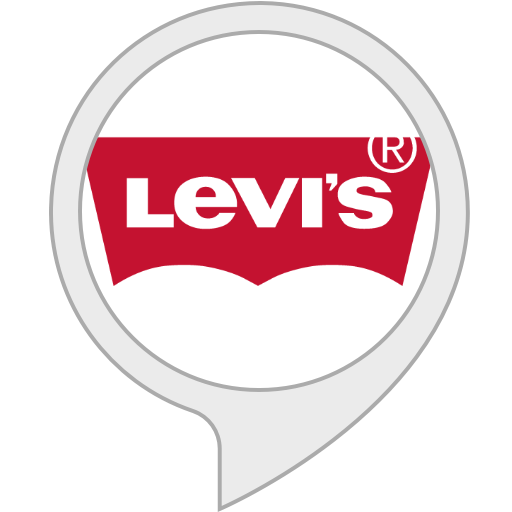
With this Alexa Skill, users get answers to common questions about the jeans manufacturer’s services.
Levi’s shoppers can get help on return policy, how to use gift cards, available payment methods, and more. They can also get help on finding a pair of jeans or the nearest store, track their order and get information on the latest promotions.
9. Bed Bath & Beyond tip of the day

Bed Bath & Beyond Inc. is an American chain of domestic merchandise retail stores.
The company’s Alexa Skill provides users with a daily dose of little life-changers like genius hacks, fun facts, smart tips and expert tricks.
The skill also helps users pick the best products for their whole house, top to bottom.
10. Employment Tips by MooreSuccess Inc.
MooreSuccess is an executive recruiting firm with over 10 years of experience. In its Alexa Skill, the company offers exclusive tips and advice for job seekers from an expert human resources executive.
11. Ten Things in Tech by Business Insider

Business Insider, the financial and business news website operating internationally, developed an Alexa Skill which provides users with the biggest daily tech news.
12. Johnnie Walker

Johnnie Walker, the famous brand of Scotch whiskey goes all-in with its Alexa Skill.
The skill invites users to explore nearly two centuries of whisky knowledge with 4 different options: Choose a Label, Buy a Bottle, Whisky 101, and Try a Guided Tasting.
In “Choose a Label”, consumers can find the perfect blend for themselves or a gift through a series of questions about flavour preference and price.
If consumers are looking to simply buy a bottle of Johnnie Walker, they can choose “Buy a Bottle” and Alexa will help them find the nearest store or delivery option.
When they select “Whisky 101”, Alexa will share a random fact about Johnnie Walker or whisky in general.
In order to “Try a Guided Tasting”, consumers will need one of the core Johnnie Walker Labels on hand: Red Label, Black Label, etc. Then, Alexa will conduct a personalized tasting based on the blend they choose. As they sniff and sip their way through the tasting, she’ll give helpful tips and ways to serve.
13. Hellmann’s Best Recipes by Unilever

Hellmann’s Best Recipes by Unilever is the perfect answer when you want to cook your family a hot meal and need some culinary inspiration. Hellmann’s Alexa Skill has got you covered with a large database of delicious recipes. It’s too late to go shopping and you need to cook with whatever ingredients you have in your fridge? Hellmann’s Best Recipes can help you by providing recipe ideas for ingredients you already have on hand.
Are you planning to launch your own Alexa Skill?
Good!
To make sure you treat your consumers to a great voice-activated experience, here’s how your skill needs to be:
![]() Frictionless. Make sure your users’ experience is seamless.
Frictionless. Make sure your users’ experience is seamless.
![]() Helpful and informative. Include answers that your customers might look for: discounts, catalogue prices, return policy, work hours, the closest store, recommendations related to your product etc.
Helpful and informative. Include answers that your customers might look for: discounts, catalogue prices, return policy, work hours, the closest store, recommendations related to your product etc.
![]() No commercials. Refrain from including commercials in your skill, it’s annoying and it turns people off.
No commercials. Refrain from including commercials in your skill, it’s annoying and it turns people off.
![]() The latest. Provide your consumers with the latest news, the latest company info or products discounts. If you are providing news like the Business Insider, ensure that you upload the latest relevant news to your users.
The latest. Provide your consumers with the latest news, the latest company info or products discounts. If you are providing news like the Business Insider, ensure that you upload the latest relevant news to your users.
![]() Entertaining. If it’s aligned with your brand values and consistent with your brand voice, be entertaining.
Entertaining. If it’s aligned with your brand values and consistent with your brand voice, be entertaining.
![]() Helpful. Help users complete a task or guide them through the stages of a process (cooking a meal etc). Also, cater to your consumers’ needs even if this means not recommending your own product. Hellmann’s skill has a large database of recipes with and without mayo.
Helpful. Help users complete a task or guide them through the stages of a process (cooking a meal etc). Also, cater to your consumers’ needs even if this means not recommending your own product. Hellmann’s skill has a large database of recipes with and without mayo.
![]() Keep the conversation going. Find creative ways to keep talking to your consumers on other platforms (email, social media) and turn them into brand ambassadors.
Keep the conversation going. Find creative ways to keep talking to your consumers on other platforms (email, social media) and turn them into brand ambassadors.
Have you found this article useful?
Share it with your colleagues!

